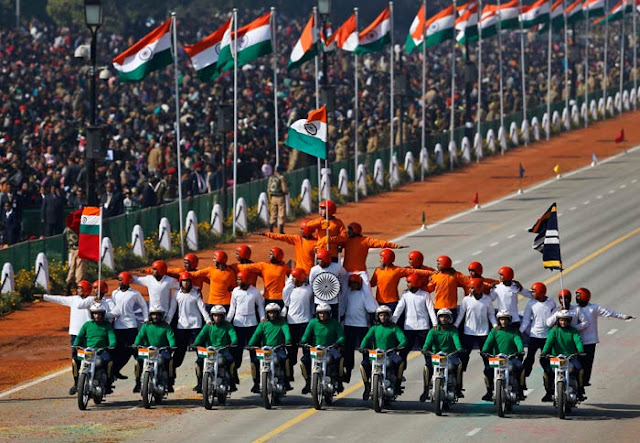A.R. Rahman INDIAN COMPOSER (Biography)

A.R. Rahman , in full Allah Rakha Rahman , original name A.S. Dileep Kumar , (born January 6, 1966, Madras [now Chennai], India), Indian composer whose extensive body of work for film and stage earned him the nickname “the Mozart of Madras.” Rahman’s father, R.K. Sekhar, was a prominent Tamil musician who composed scores for the Malayalam film industry, and Rahman began studying piano at age four. The boy’s interests lay in electronics and computers, and his father’s serendipitous purchase of a synthesizer allowed him to pursue his passion and to learn to love music at the same time. Sekhar died when Rahman was 9 years old, and by age 11 he was playing piano professionally to help support his family. He dropped out of school, but his professional experience led to a scholarship to study at Trinity College, Oxford, where he received a degree in Western classical music. In 1988 his family ...



